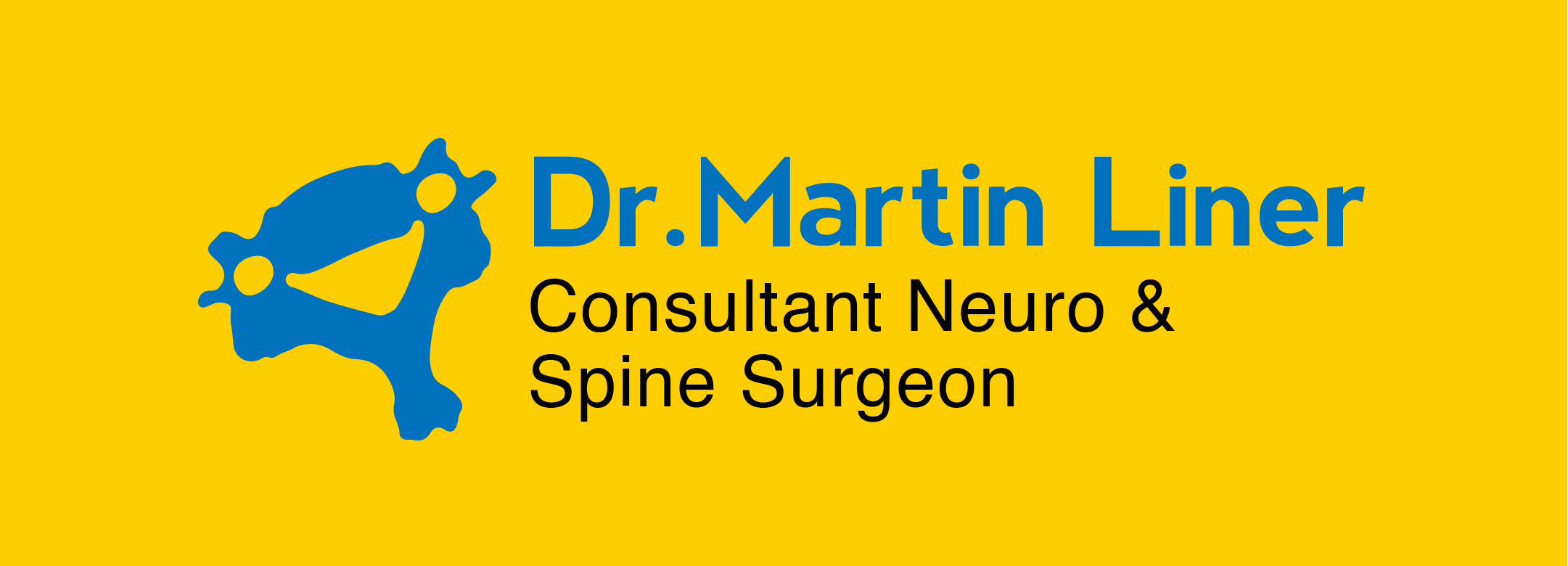Understanding and Treating
Straightening of Cervical Lordosis

Welcome to the intricate world of spinal health, where the gentle curves of our backbone play a pivotal role in our overall well-being.
Today, we delve into the enigmatic condition known as the straightening of cervical lordosis – a topic that may not be part of everyday conversation, yet it can have profound implications on our quality of life.
So, sit back, adjust your posture, and prepare to be informed and empowered – because your spinal health journey begins here.
Understanding The Cervical Lordosis
Imagine the spine as a robust yet graceful column, an architectural marvel that supports and balances the human body. The cervical lordosis is the subtle inward curve of the neck, a crucial element designed for optimal function and fluid movement. But what happens when this curve straightens when the natural arc loses its bend?
What Is Straightening of Cervical Lordosis?
Straightening of the cervical lordosis refers to a condition where the natural inward curve of the neck’s spine becomes less pronounced or entirely flat. This curve, known as lordosis, is essential for balancing the head’s weight and distributing forces evenly across the spine. When this curvature is lost or straightened, it can lead to biomechanical issues and a range of symptoms.
The cervical spine is designed to have a gentle, forward-facing curve. This curvature helps to:
- Absorb shock
- Maintain balance
- Support the weight of the head
- Allow for a range of motion in the neck
Why Is Straightening of Cervical Lordosis a Problem?

This condition is problematic because it disrupts the natural biomechanics of the spine. The cervical lordosis plays a critical role in maintaining the spine’s stability and flexibility. When this curve is lost or straightened, it can lead to several issues, such as:
- Increased Vulnerability to Injury: The spine becomes more susceptible to injury as it loses its natural ability to absorb and distribute mechanical stress.
- Impaired Support for the Head: The cervical spine’s ability to support the head is compromised, which can lead to muscle fatigue and pain.
- Pressure on Spinal Discs: There is added pressure on the spinal discs, which can accelerate disc degeneration, leading to chronic pain and reduced mobility.
- Adverse Muscle and Joint Tension: The muscles and joints may experience increased tension, resulting in discomfort and potential long-term damage.
What Can Cause the Straightening of Cervical Lordosis?
A variety of factors can cause it, often related to lifestyle, trauma, or underlying health conditions. Here are some common causes:
- Trauma: Injuries from car accidents or other impacts can damage the neck’s ligaments and muscles, leading to a loss of the natural curve.
- Poor Posture: Habitually looking down at devices like smartphones and laptops can contribute to a straightened cervical curve over time.
- Muscle Tightness: Tightness in the muscles of the chest wall and psoas, often due to prolonged sitting, can affect the spine’s curvature.
- Aging: Natural changes in the spine’s curvature can occur with aging, potentially leading to straightening.
- Degenerative Conditions: Degenerative disc disease or arthritis can cause changes in the spine, including loss of lordosis.
- Excessive Weight: Carrying excess body weight can place additional stress on the spine, affecting its natural curves.
The exact reason behind your neck pain can only be diagnosed by a spine doctor.
Treatment For Straightening of Cervical Lordosis

The treatment for straightening of cervical lordosis typically involves a combination of non-surgical methods aimed at relieving symptoms, restoring the natural curvature, and improving spinal function.
Dr. Martin Liner meticulously tailors each treatment plan to the unique attributes of both the patient and their specific spinal condition. Recognizing the spine’s intricate and vital role, he approaches each case with the understanding that spinal conditions are multifaceted and demand a personalized strategy for care.
Here are some common treatment approaches:
- Physical Therapy: Customized exercises and stretches can help strengthen neck muscles, improve flexibility, and restore the natural curve of the cervical spine.
- Chiropractic Care: Chiropractors may use spinal manipulation to help realign the spine and reduce discomfort.
- Anti-Inflammatory Medication: To reduce pain and inflammation, over the counter or prescription medications may be recommended.
- Muscle Relaxants: These can help alleviate muscle spasms and tension in the neck.
- Platelet Injections: For damaged neck ligaments, injections using platelets may promote healing and stability.
In severe cases where conservative treatments don’t yield the desired relief, surgical interventions such as cervical fusion or cervical osteotomy might be considered.
It’s important to consult with a professional spinal doctor to suggest the most appropriate treatment plan based on the individual’s specific condition and symptoms.
Choose Dr. Martin Liner for straightening of cervical lordosis treatment in Dubai
Are you seeking expert care for the straightening of cervical lordosis in Dubai? Look no further. Choose Dr. Martin Liner for a treatment plan tailored to your unique needs.
With a commitment to excellence and patient satisfaction, Dr. Martin provides you with the best possible care. Don’t let neck pain hold you back any longer.
Contact Dr. Martin Liner today and take the first step towards a healthier spine and a more comfortable life.







